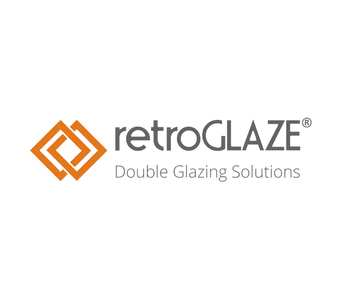The Timeless Choice: Why Timber Outshines Other Window Framing Materials

Upgrading windows from single glazing to double glazing is more than just an energy efficiency boost—it’s an opportunity to enhance a home’s character, sustainability, and long-term comfort.
For many New Zealand homeowners, the decision comes down to whether to retain existing timber joinery or replace it with aluminium or uPVC alternatives. While replacement options such as thermally broken aluminium frames are valid and sometimes necessary depending on project constraints, retaining and retrofitting timber joinery offers an exceptional combination of thermal performance, durability, sustainability, and heritage appeal.
Let’s explore why timber joinery remains the timeless choice—especially when paired with a high-performance double glazing solution.
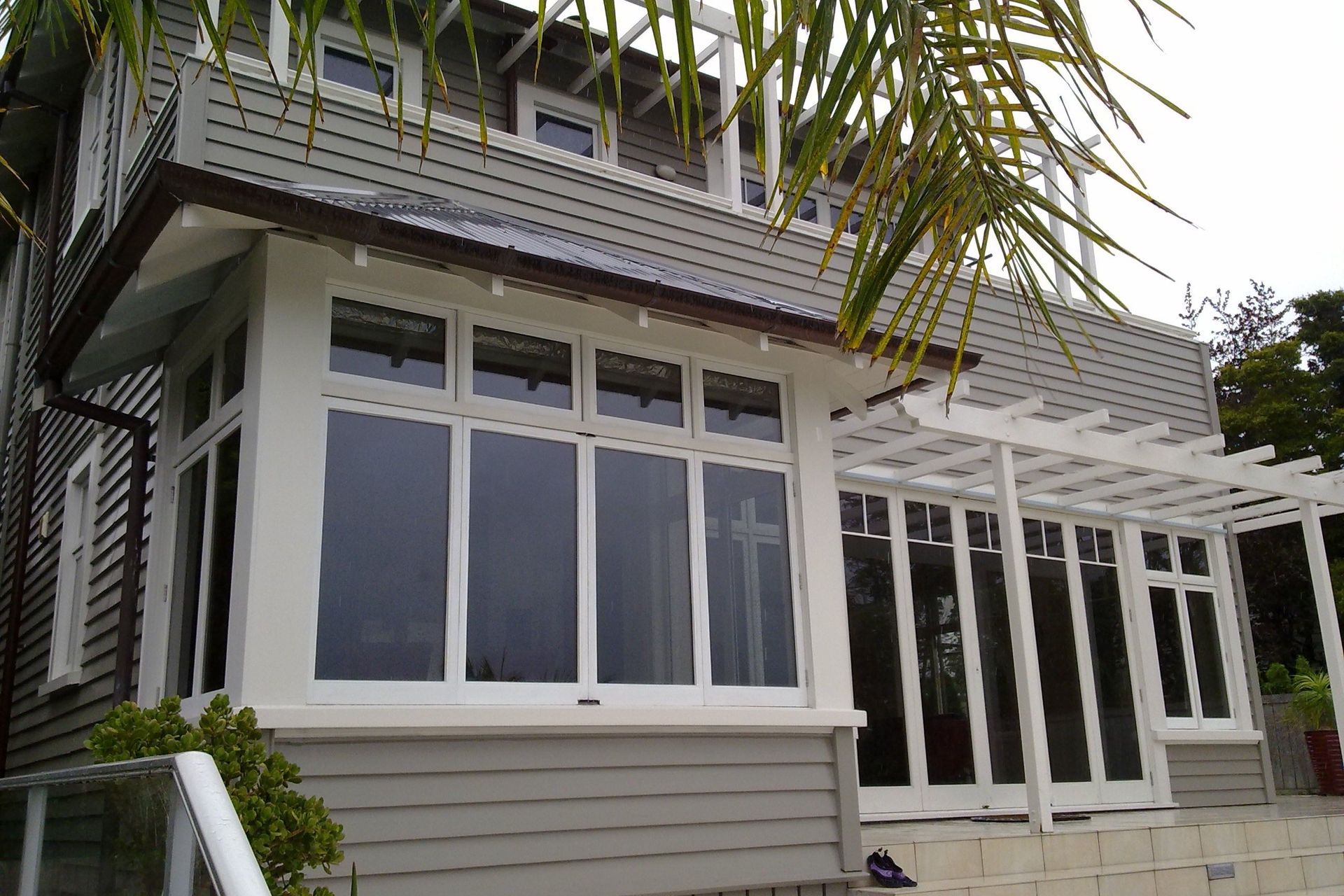
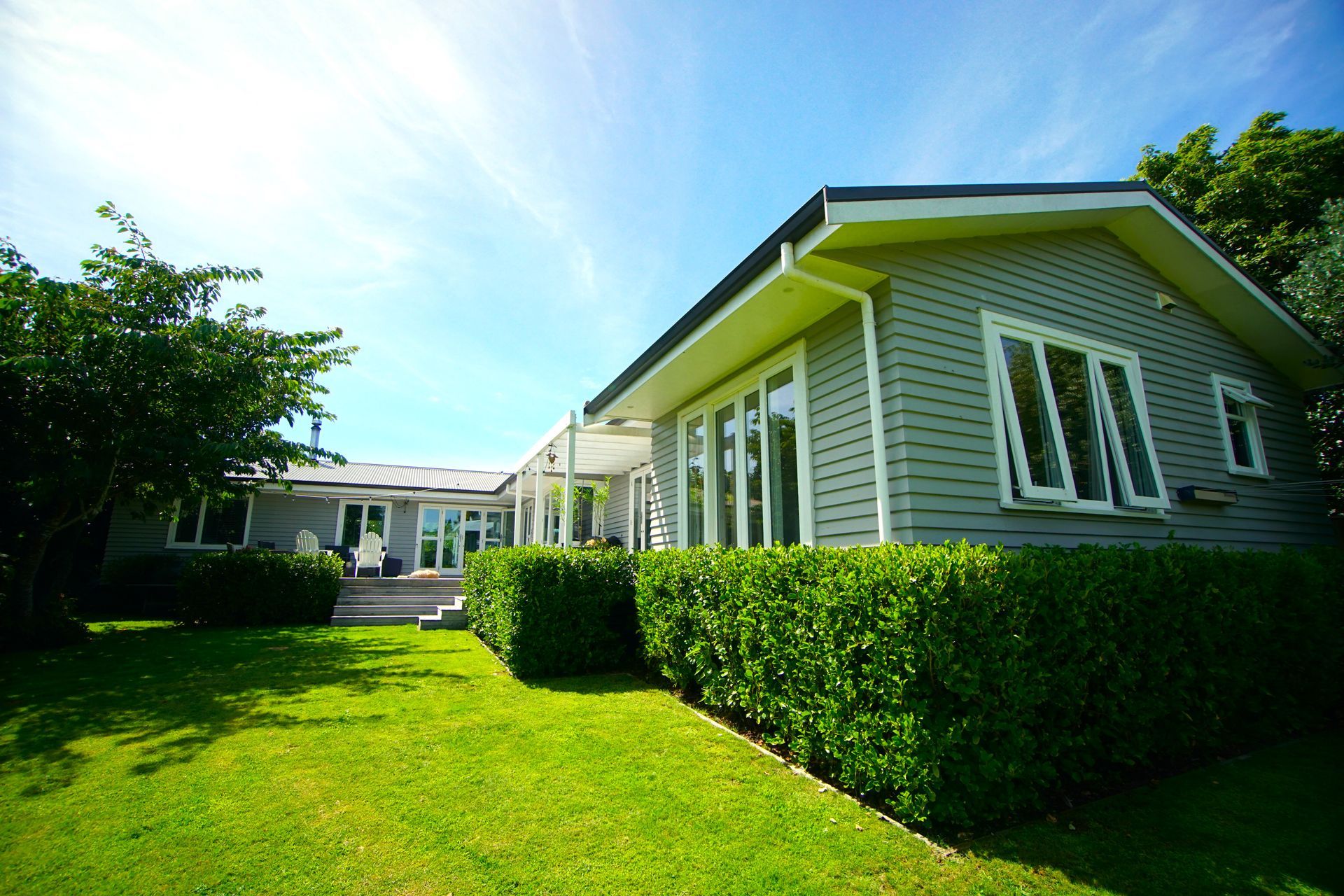
1. Thermal Insulation: Naturally Superior
Timber is a natural insulator and offers excellent thermal performance when compared with other framing materials. Aluminium, even in its thermally broken form, is a conductor and therefore less effective at retaining heat. uPVC performs better than aluminium thermally, but still falls short of timber’s natural insulating capabilities.
When you retrofit existing timber windows with high-performance double glazing, you create a powerful thermal barrier that helps your home stay warmer in winter and cooler in summer. This reduces reliance on heating and cooling systems, translating into lower energy bills and improved year-round comfort.

2. Durability: Built to Last
Well-designed timber joinery is remarkably durable—especially when the system is engineered to overcome traditional weaknesses.
Putty, for example, has long been a source of water ingress and frame deterioration. By engineering this issue out and using durable timber glazing beads in its place, the potential for breakdown is significantly reduced. This small design choice makes a big difference in long-term performance.
As with any material, longevity depends on smart design and quality finishes. When the right timber is chosen, treated appropriately, and protected with a quality paint system, the result is a window built to endure. Combined with best-practice double glazing installation, timber joinery provides a high-performing, low-maintenance solution that will stand the test of time.
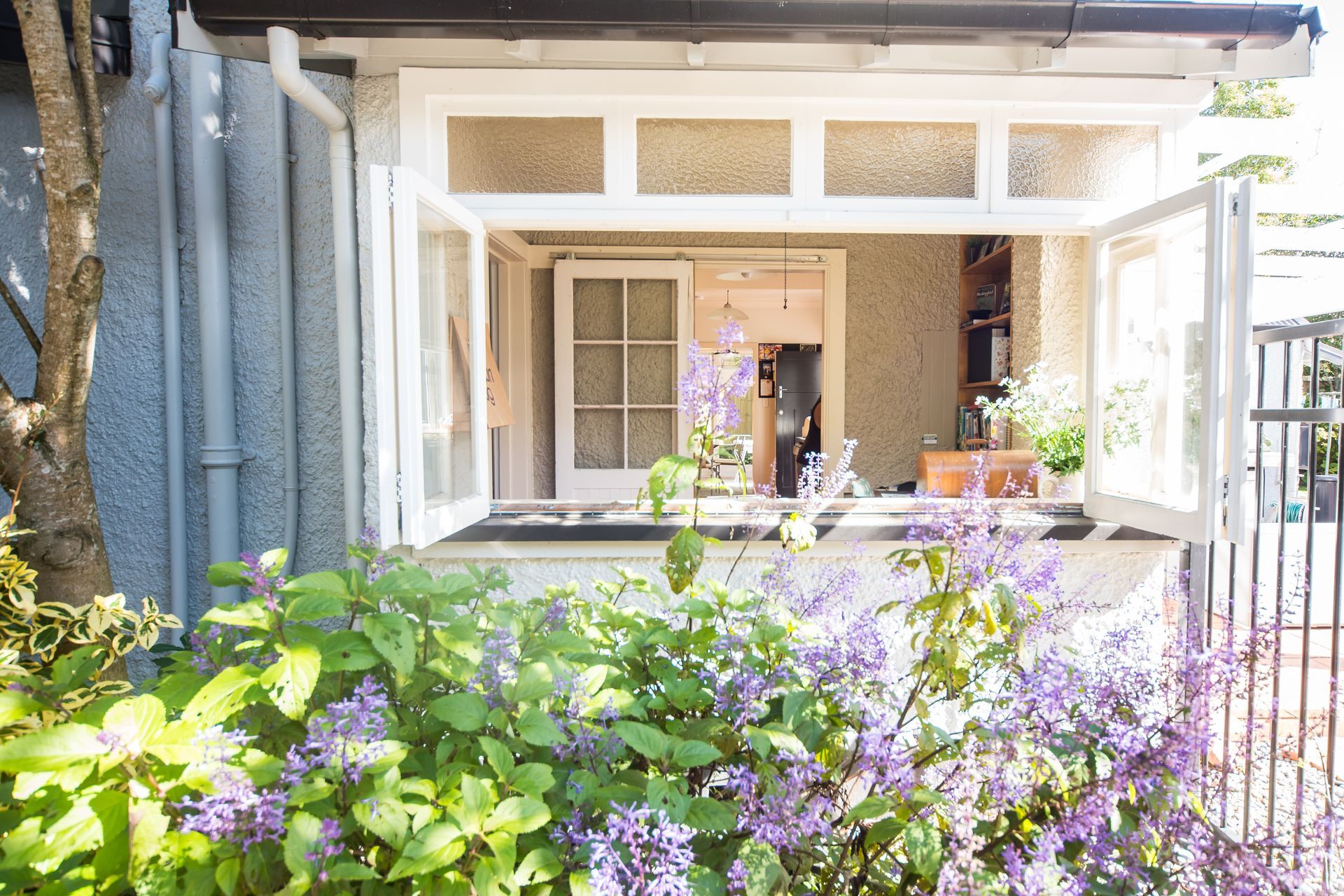
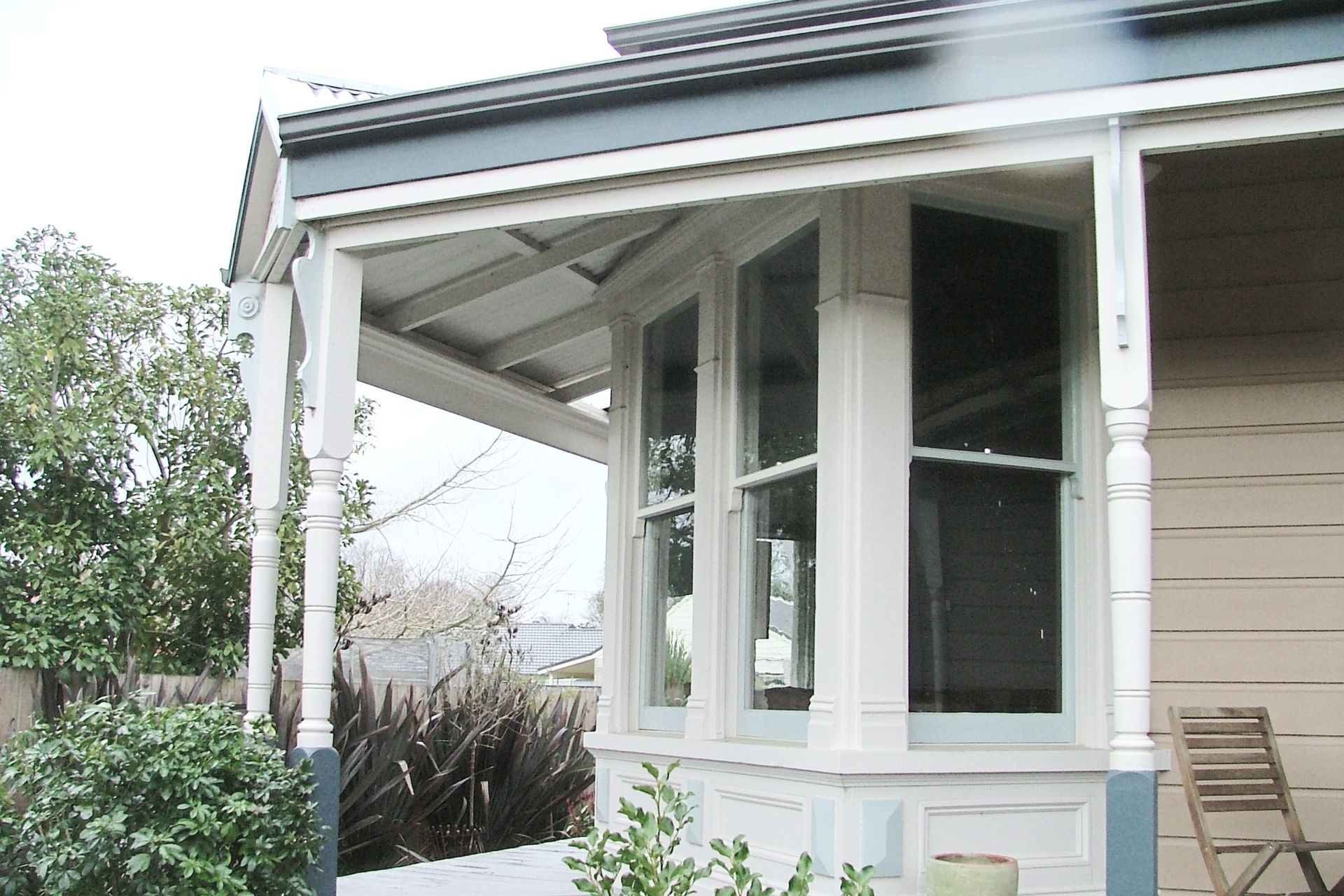
3. Built for the Future: Wet Sealing and Drainage – A Proven System
When retrofitting double glazing into existing timber joinery, the installation method plays a critical role in performance and longevity.
Best practice is to wet seal the insulating glass unit (IGU) into the timber frame. This creates a continuous, flexible seal between the glass and frame, protecting against water ingress—a common cause of premature double glazing failure.
To support this, drainage and ventilation within the timber rebate allow any moisture that does enter to escape easily, ensuring a dry, protected system.
These two measures—wet sealing and rebate drainage—form a dual-layer defence that significantly extends the life of both the timber and the glazing unit.
This approach is not new. It’s widely adopted in high-performance commercial glazing systems where durability is paramount. When implemented by experienced retrofit specialists, these methods ensure that retrofitted timber windows deliver reliable, long-term performance.
4. Sustainability: A Renewable Resource with Lower Environmental Impact
Timber is renewable, biodegradable, and significantly less energy-intensive to produce than aluminium or uPVC. When sourced from sustainably managed forests, it has a very low environmental footprint—especially when compared with aluminium, which requires energy-heavy mining and smelting, or uPVC, which is derived from petrochemicals.
Retrofitting existing timber joinery rather than replacing it further enhances sustainability by reducing waste and preserving materials already in use. It’s a circular, responsible choice that supports New Zealand’s growing commitment to low-carbon living.
5. Aesthetics: Timeless Character and Natural Beauty

Few materials rival the visual warmth and richness of timber. Whether painted to complement a modern palette or left stained to reveal its grain, timber frames add a depth of character and refinement that aluminium and uPVC simply cannot match.
From classic villas to mid-century homes and even modern builds, timber joinery has a unique ability to elevate and harmonise with the surrounding architecture. It connects the indoors with the natural environment and enhances the overall feel of a space.
6. Character Preservation: Respecting Heritage and Craftsmanship
For heritage homes or properties with architectural value, retaining timber joinery is essential. Original timber windows often feature handcrafted detailing and materials that can’t be replicated with modern frames.
Retrofitting double glazing into these windows enables homeowners to meet modern thermal and acoustic standards while preserving the unique charm and craftsmanship of their property.
7. Natural Appeal: A Connection to the Outdoors
Timber’s organic texture and tactile presence foster a strong sense of connection to nature. Over time, timber weathers gracefully, developing a lived-in warmth that enriches the home’s atmosphere.
Choosing timber isn’t just about aesthetics—it’s about embracing a material that feels real, grounded, and enduring.
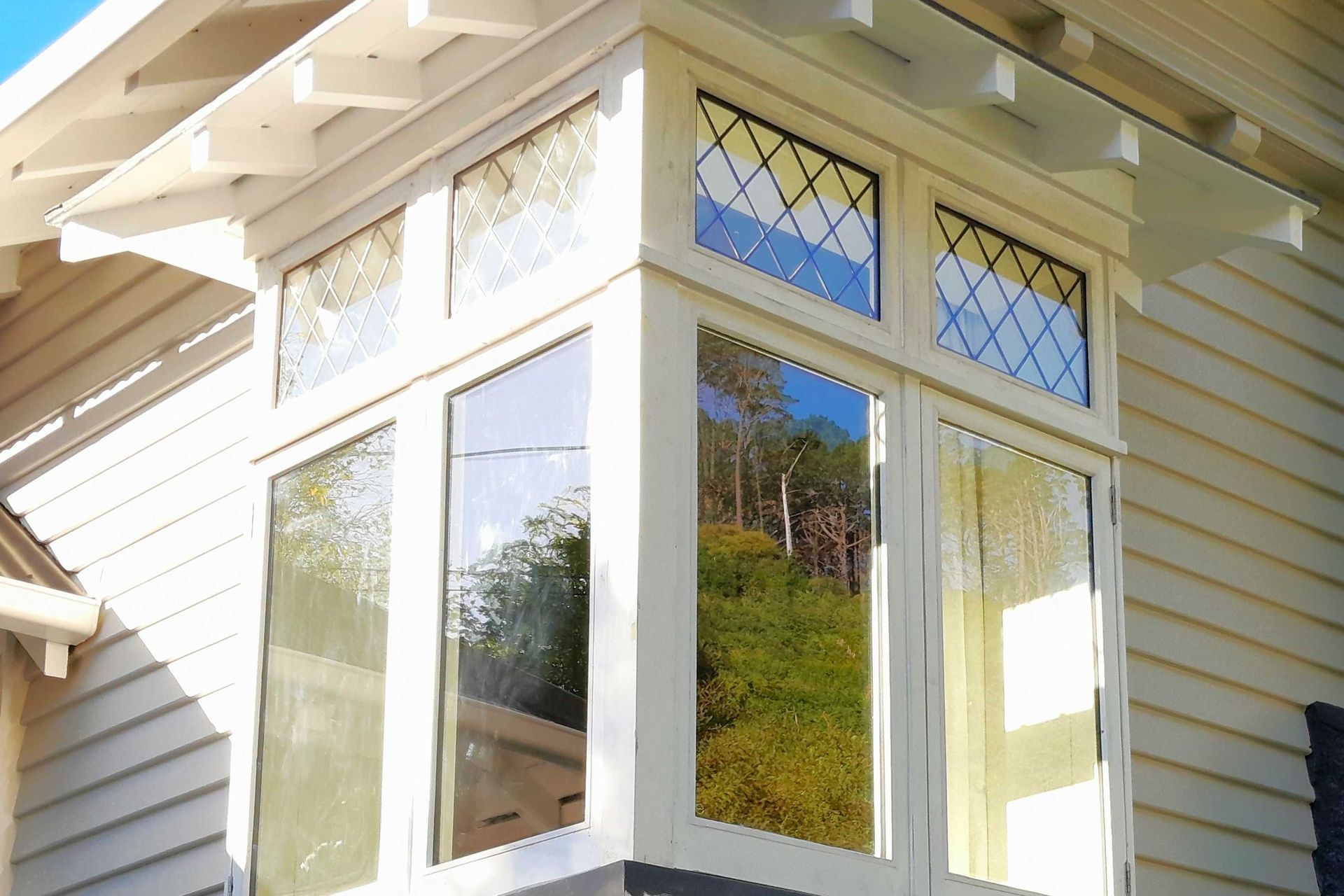

A Thoughtful Solution for your Home
While aluminium and uPVC frames offer valid solutions in certain scenarios, the enduring appeal and technical advantages of timber make it the smarter long-term choice for many New Zealand homes.
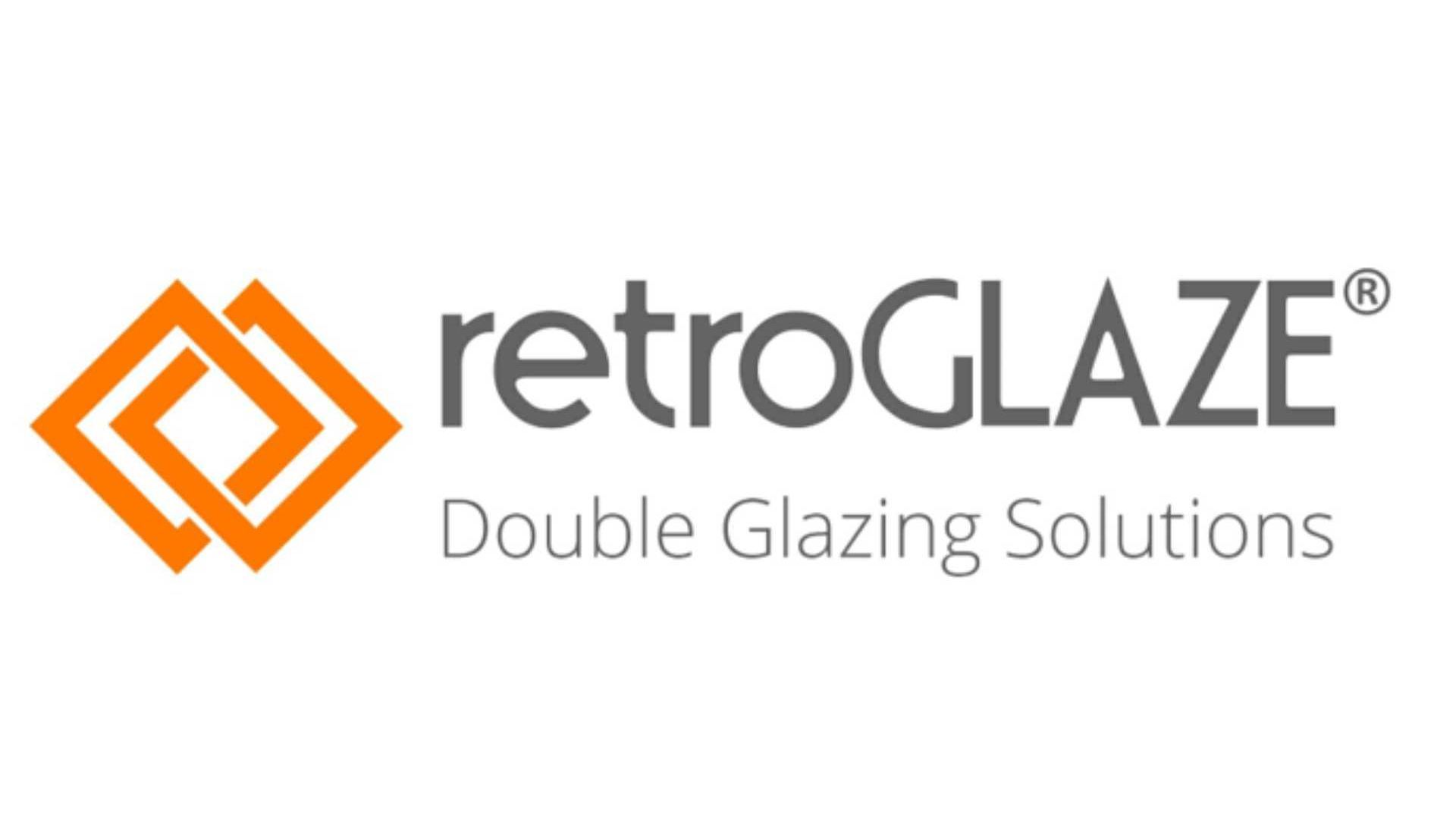
Timber’s natural insulation, adaptability, sustainability, and architectural integrity offer more than just nostalgia—they deliver comfort, character, and peace of mind for years to come.
Ready to Retrofit?
If you’re considering a window upgrade, explore the potential of your existing timber joinery. retroGLAZE® specialises in retrofitting high-performance double glazing into timber windows, combining modern efficiency with timeless charm.
👉 Visit retroGLAZE® to learn more or complete the form below to speak with one of our Timber Retrofit Double Glazing experts.
